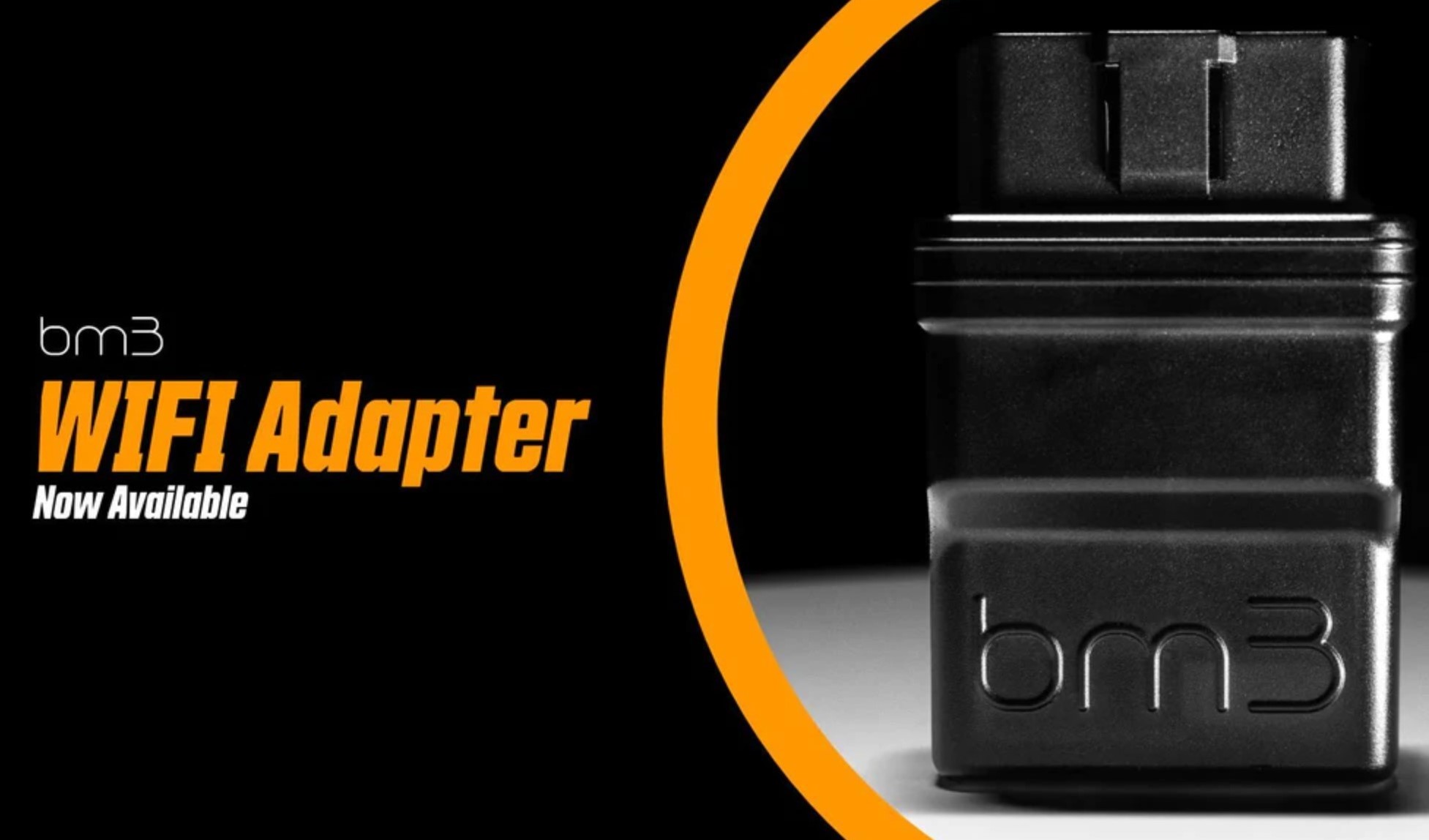The 1996 BMW M3 is a legendary sports car, but even legends need a little help sometimes. If you’re looking to diagnose problems, tune performance, or customize features on your M3, you’ll need an OBD2 adapter. But with so many options available, finding the right one can be confusing. This guide will help you understand the OBD2 system in your 1996 BMW M3 and point you in the right direction for choosing a compatible adapter.
Understanding OBD2 in Your 1996 BMW M3
OBD2, or On-Board Diagnostics II, is a standardized system that allows you to access your car’s computer system and retrieve diagnostic information. While all cars manufactured after 1996 in the US were required to have OBD2 ports, the implementation can vary. For your 1996 BMW M3, understanding the specific communication protocols is crucial.
Your M3 likely uses a 20-pin diagnostic connector under the hood, not the standard 16-pin OBD2 connector found in later models. This connector utilizes a different communication protocol, likely a variant of KWP2000 or BMW’s proprietary system. Therefore, a standard OBD2 adapter won’t work directly.
Credit: Protuning Freaks/Bootmod3
Choosing the Right Adapter:
Since your 1996 M3 doesn’t use the standard OBD2 protocol, you’ll need an adapter that can bridge the gap. Look for adapters specifically designed for older BMWs with 20-pin connectors. These adapters will typically convert the signals to a format compatible with standard OBD2 software and tools.
Key Features to Look For:
- 20-Pin to OBD2 Compatibility: Ensure the adapter explicitly states compatibility with 20-pin BMW diagnostic connectors.
- Protocol Support: Verify the adapter supports the communication protocols used in your 1996 M3 (likely KWP2000 or a BMW-specific protocol). Researching online forums dedicated to your M3 generation can help confirm the correct protocol.
- Software Compatibility: Decide which diagnostic or tuning software you plan to use and confirm the adapter is compatible. Popular options include INPA, NCS Expert, and others.
- Build Quality: A durable adapter is essential for long-term use. Read reviews to gauge the reliability of different brands.
Using Your Adapter:
Once you’ve chosen the right adapter, connect it to the 20-pin diagnostic port under the hood of your M3. Then, connect your chosen diagnostic software to the adapter using a laptop or other compatible device. You’ll then be able to read and clear fault codes, monitor live data, and potentially perform coding or tuning depending on your software and adapter capabilities.
Credit: Protuning Freaks/Bootmod3
Conclusion:
Finding the correct OBD2 adapter for a 1996 BMW M3 requires understanding the car’s unique diagnostic system. By selecting an adapter specifically designed for 20-pin BMW connectors and ensuring compatibility with your chosen software, you can unlock the power of OBD2 diagnostics and customization for your legendary M3. Don’t hesitate to consult online forums and resources dedicated to the E36 M3 community for more specific recommendations and guidance. With the right adapter and a little research, you can keep your 1996 BMW M3 running strong for years to come.
